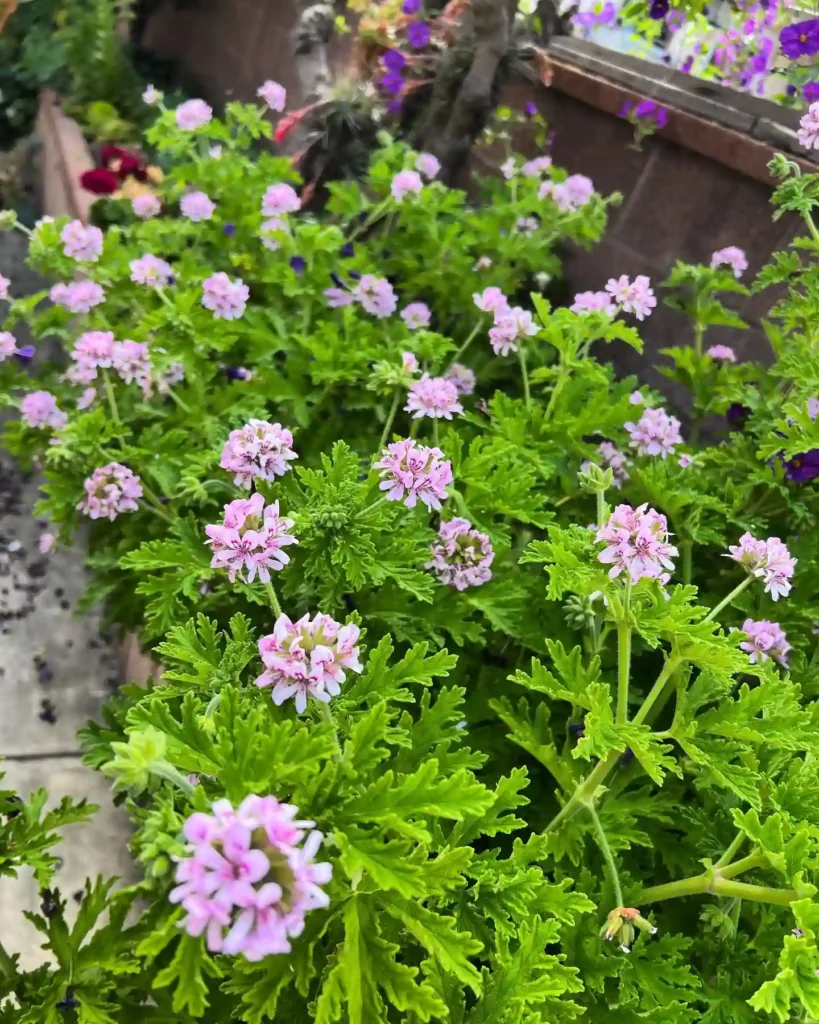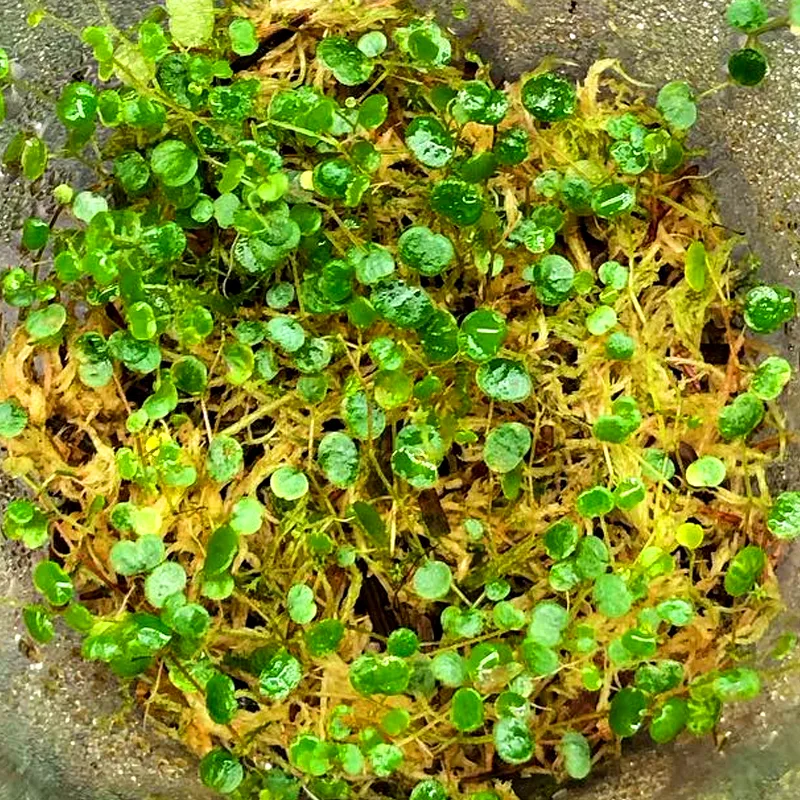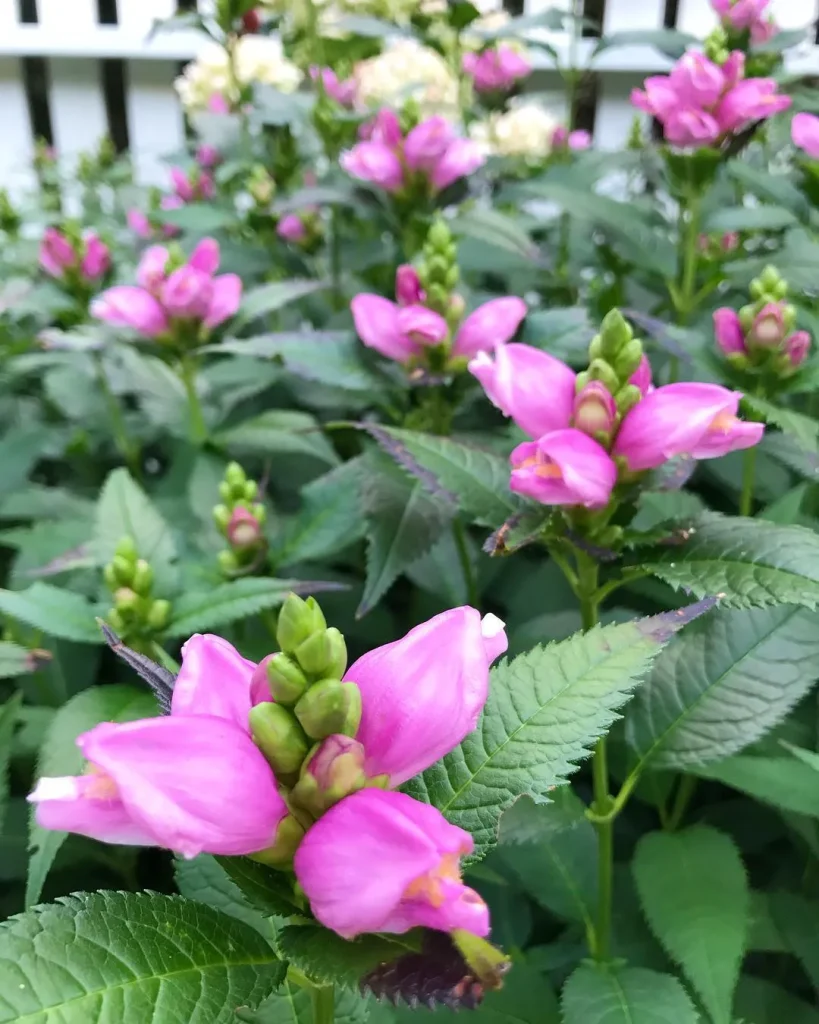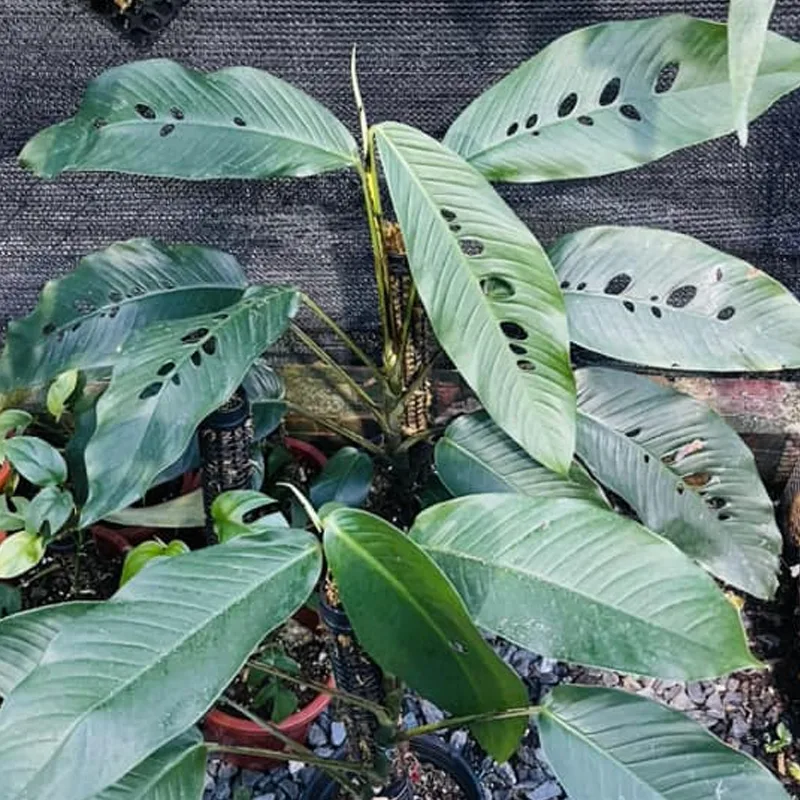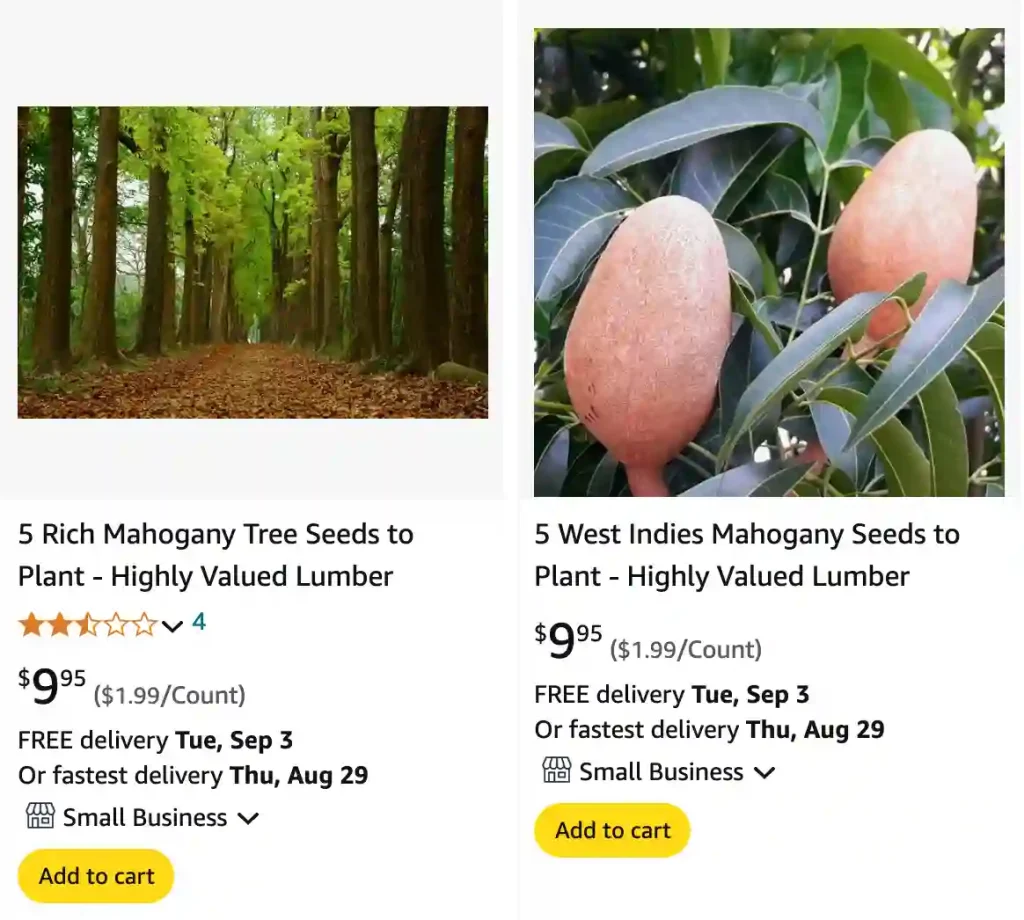
FAQs About the Mahogany Tree
The Mahogany tree has always fascinated me. Its towering stature, rich reddish-brown wood, and history of being a symbol of luxury and resilience make it a marvel in both nature and culture. As someone who loves trees for their character and contribution to ecosystems, the Mahogany is a personal favorite. Let me share why this tree holds such a special place in my heart and how it connects to broader ecological and cultural contexts.
Plant Family: 58 Genera in Meliaceae
A Tree of Distinction
Mahogany trees, 3 Swietenia species belonging to the Meliaceae family, are native to tropical regions, notably Central and South America. When I first encountered a mature Mahogany, I was struck by its grandeur. These trees can reach heights of up to 150 feet, with a trunk diameter exceeding six feet. Their broad, spreading canopies provide essential shade in tropical climates, an immediate relief from the blazing sun.
The bark is rugged and textured, speaking to the tree’s resilience against time and weather. Its pinnate leaves, which resemble feathers, give it a graceful touch. And then there’s the wood—renowned for its durability, workability, and unmatched beauty. The deep reddish-brown hues of Mahogany wood are a feast for the eyes, adding warmth and richness to furniture, boats, and musical instruments.
- Swietenia macrophylla: Known as big-leaf mahogany, this tropical hardwood tree is prized for its durable timber and is native to Central and South America.
- Swietenia mahagoni: Commonly called West Indian mahogany, it is a smaller mahogany species valued for furniture-making and thrives in the Caribbean and southern Florida.
- Swietenia humilis: A lesser-known and smaller mahogany species, it is native to dry forests of Central America and used locally for timber and ornamental purposes.
Where Does the Mahogany Tree Grow?
Mahogany trees thrive in tropical regions. They are native to the Americas, specifically found in the rainforests of Central and South America. Countries such as Honduras, Guatemala, and Brazil are home to vast Mahogany forests. The tree prefers well-drained, rich soil and a humid climate, which are ideal conditions for its growth.
How Much Is a Mahogany Tree Worth?
The value of a Mahogany tree can vary significantly based on its size, quality, and the current market conditions. On average, a mature Mahogany tree can be worth several thousand dollars. High-quality Mahogany with a straight trunk and minimal defects fetches the highest prices. However, it’s essential to remember that legal and sustainable harvesting practices should always be followed.
What Does a Mahogany Tree Look Like?
A Mahogany tree is quite impressive in appearance. It can grow up to 150 feet tall with a broad, dense canopy. The leaves are large, dark green, and glossy, providing a tropical aesthetic. The tree’s bark is typically smooth and reddish-brown, while its wood is known for its rich, deep reddish-brown color that darkens with age.
Can You Put a Taper on a Mahogany Tree?
Unlike maple trees, Mahogany trees are not typically tapped for sap. Their primary use is for timber and furniture making. The tapping process, used for extracting sap from trees like maple, is not suitable for Mahogany, as the tree does not produce the type of sap that can be harvested in this manner.
How Long Does a Mahogany Tree Take to Grow?
Mahogany trees are slow-growing. It generally takes around 25 to 30 years for a Mahogany tree to reach maturity and produce timber suitable for high-quality furniture. The growth rate can be influenced by factors such as soil quality, water availability, and climate.
How to Grow Mahogany Tree?
Growing Mahogany requires patience and specific conditions. Here are some tips:
- Choose the Right Location: Plant Mahogany in a tropical or subtropical region with well-drained soil.
- Planting: Start with seeds or seedlings. Space them adequately to allow for their large size.
- Watering: Ensure consistent moisture but avoid waterlogging.
- Fertilizing: Use a balanced fertilizer to support healthy growth.
- Pruning: Regular pruning helps shape the tree and remove any diseased or damaged parts.
Which Mahogany Tree Is Best?
The two main types of Mahogany are Honduran Mahogany (Swietenia macrophylla) and West Indian Mahogany (Swietenia mahagoni). Honduran Mahogany is often preferred for its superior wood quality and growth rate. It is more resistant to pests and diseases and produces a richer color.
What Are the Benefits of Mahogany Tree?
Mahogany trees offer numerous benefits:
- High-Quality Wood: The wood is durable, resistant to pests, and has a beautiful finish.
- Aesthetic Value: Mahogany wood is prized for its rich color and smooth grain.
- Environmental: Mahogany trees can contribute to the reforestation efforts in tropical regions, helping to restore degraded lands.
Mahogany vs. Cherry
Mahogany and Cherry are both highly valued for their wood. Mahogany is known for its deep, reddish-brown hue and durability, making it ideal for high-end furniture and cabinetry. Cherry wood, on the other hand, starts lighter and darkens to a rich reddish-brown over time. Cherry is also slightly softer and easier to work with.
Mahogany vs. Walnut
Mahogany and Walnut are often compared for furniture making. Walnut has a darker, purplish-brown tone and is denser than Mahogany. While Mahogany offers a more uniform color and is less prone to warping, Walnut provides a unique, rich appearance with complex grain patterns.
Mahogany vs. Oak
Oak is a popular wood for its strength and versatility. It has a lighter, more varied color and pronounced grain compared to the more uniform Mahogany. Oak is often used in traditional furniture, while Mahogany is preferred for luxury items due to its smooth texture and deep color.
Mahogany vs. Burgundy
Burgundy is not a wood but a color, often used to describe the deep red hues of certain Mahogany types. Mahogany’s natural color can range from a lighter brown to a rich reddish-brown, similar to Burgundy, but the term “Burgundy” is more about aesthetics rather than a type of wood.
Mahogany vs. Teak
Teak and Mahogany are both highly prized hardwoods. Teak is known for its exceptional durability and resistance to water, making it ideal for outdoor furniture. Mahogany, with its rich color and smooth texture, is favored for indoor applications. Teak is also harder and more resistant to wear compared to Mahogany.
Mahogany vs. Sapele
Sapele is often used as a Mahogany substitute. While Sapele has similar characteristics and a comparable appearance, it is generally less expensive and not as durable. Sapele is also a bit lighter and has a more interlocking grain.
Mahogany vs. Rosewood
Rosewood is another luxury hardwood known for its deep, rich color and intricate grain. It is often compared to Mahogany due to its high value and beautiful appearance. However, Rosewood is rarer and more expensive than Mahogany and offers a more complex grain pattern.
Mahogany vs. Maple
Maple is a hard, dense wood that is lighter in color compared to Mahogany. It is often used for cabinetry and flooring. While Maple is harder and less prone to warping, Mahogany’s rich color and fine grain make it more suitable for high-end furniture.
Mahogany vs. Ash
Ash is a lighter, more flexible wood with a straight grain. It is commonly used in sports equipment and furniture. Mahogany, with its darker hue and smoother texture, is preferred for finer furniture and cabinetry due to its aesthetic appeal.
Mahogany vs. Auburn
Auburn, like Burgundy, refers to a color rather than a type of wood. Mahogany’s natural hues can resemble Auburn shades, but the term “Auburn” is used more for its color rather than its wood characteristics.
Mahogany vs. Basswood
Basswood is a softer, lighter wood often used for carving and inexpensive furniture. It lacks the density and rich color of Mahogany, making Mahogany the superior choice for durable and luxurious furniture.
Mahogany vs. Chestnut
Chestnut is a lighter wood with a more pronounced grain pattern compared to Mahogany. It is often used for rustic furniture and cabinetry. Mahogany’s smoother grain and darker color offer a more refined look.
Mahogany vs. Hickory
Hickory is known for its strength and shock resistance. It has a distinct grain and lighter color compared to Mahogany. While Hickory is more durable, Mahogany is prized for its luxurious appearance and workability.
Each type of wood has its unique qualities, and choosing between them depends on the specific needs of your project. Mahogany remains a top choice for those seeking beauty and durability in their woodworking endeavors.
If i die, water my plants!
